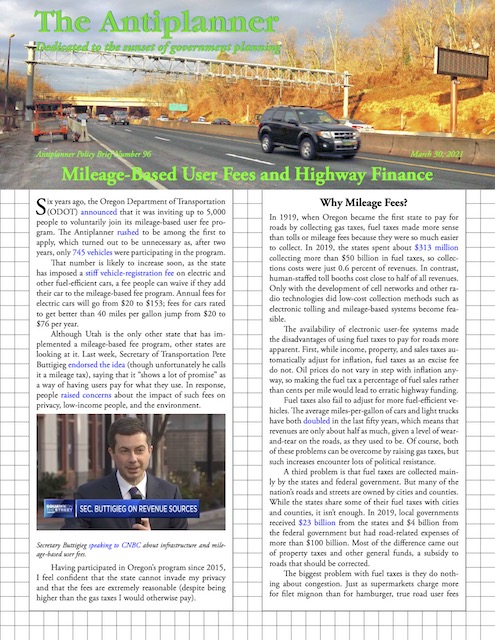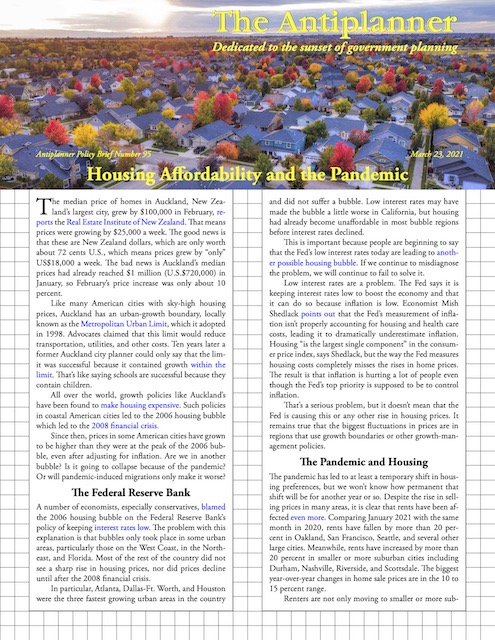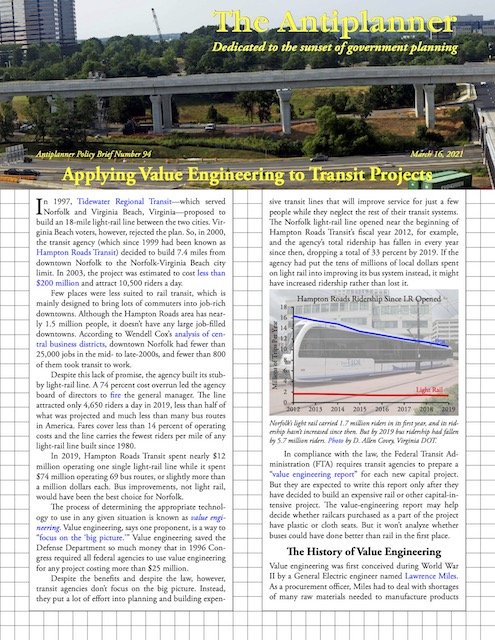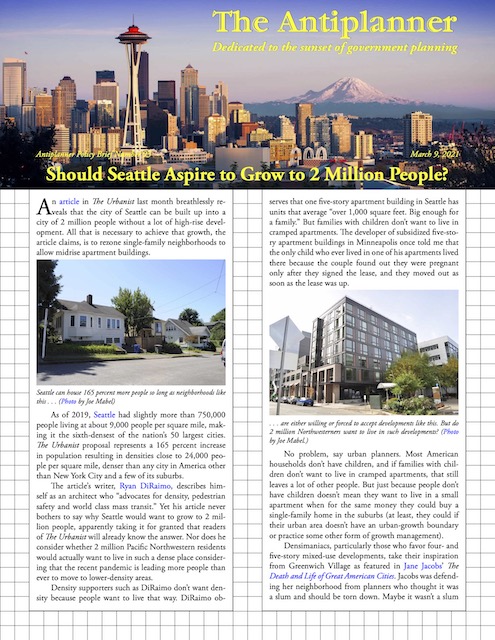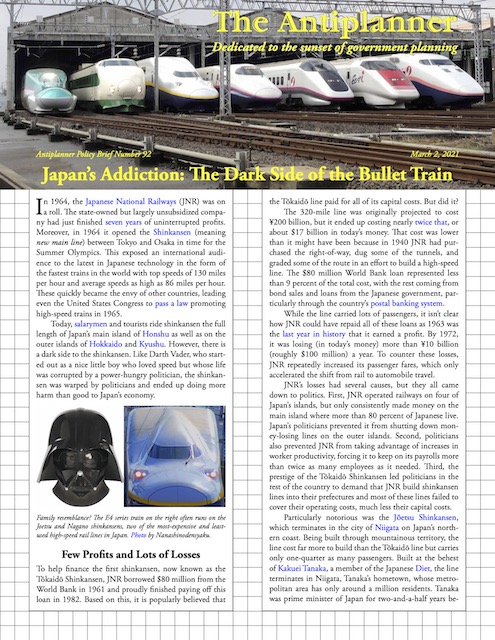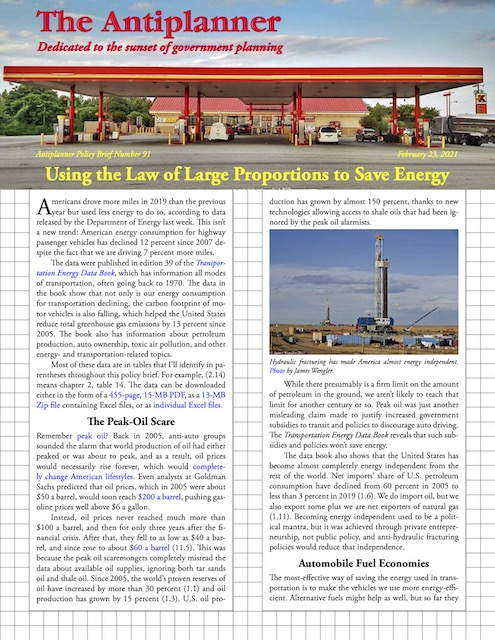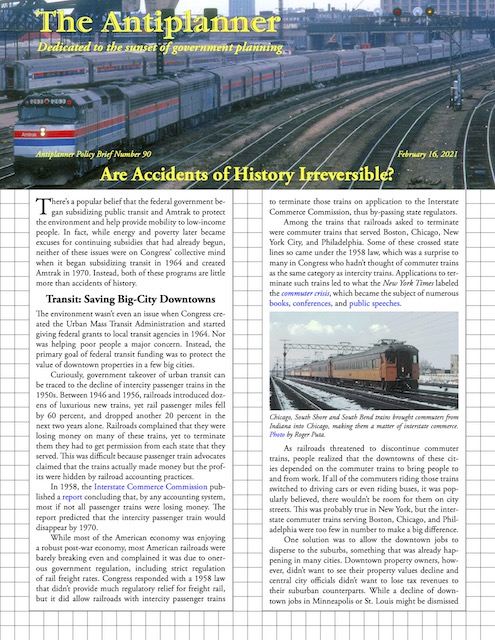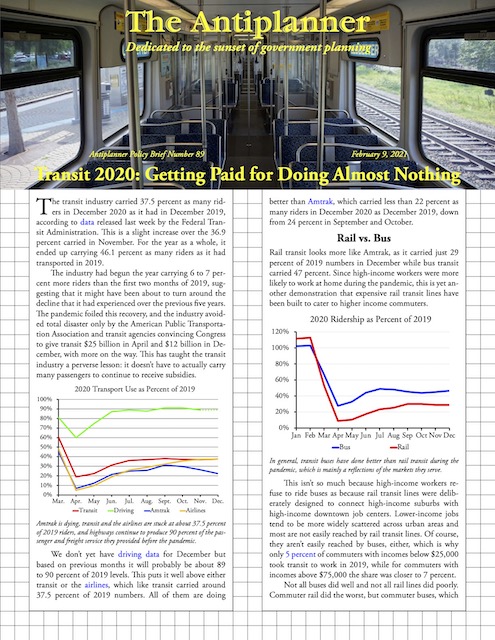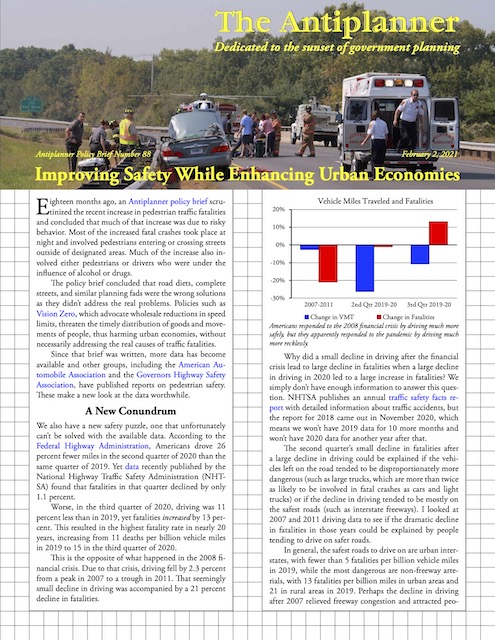By Elijah Gullett
Note: As a follow-up to my report on low-income housing tax credits in Seattle, I asked Elijah Gullett, who is a student in public policy at the University of North Carolina in Chapel Hill, to look at affordable housing programs in Miami. This is his report.
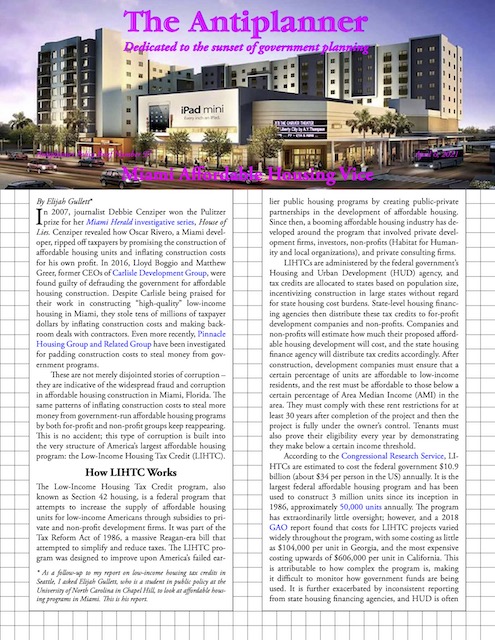 Click image to download a five-page PDF of this policy brief.
Click image to download a five-page PDF of this policy brief.
In 2007, journalist Debbie Cenziper won the Pulitzer prize for her Miami Herald investigative series, House of Lies. Cenziper revealed how Oscar Rivero, a Miami developer, ripped off taxpayers by promising the construction of affordable housing units and inflating construction costs for his own profit. In 2016, Lloyd Boggio and Matthew Greer, former CEOs of Carlisle Development Group, were found guilty of defrauding the government for affordable housing construction. Despite Carlisle being praised for their work in constructing “high-quality” low-income housing in Miami, they stole tens of millions of taxpayer dollars by inflating construction costs and making backroom deals with contractors. Even more recently, Pinnacle Housing Group and Related Group have been investigated for padding construction costs to steal money from government programs.

